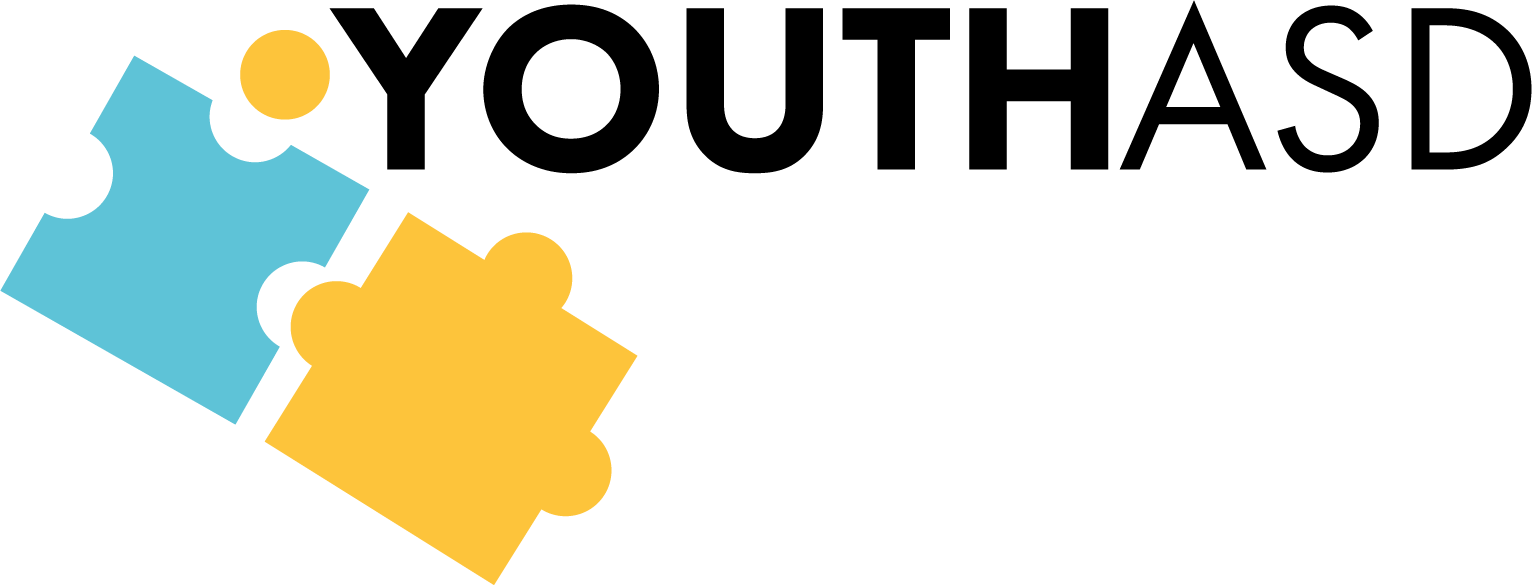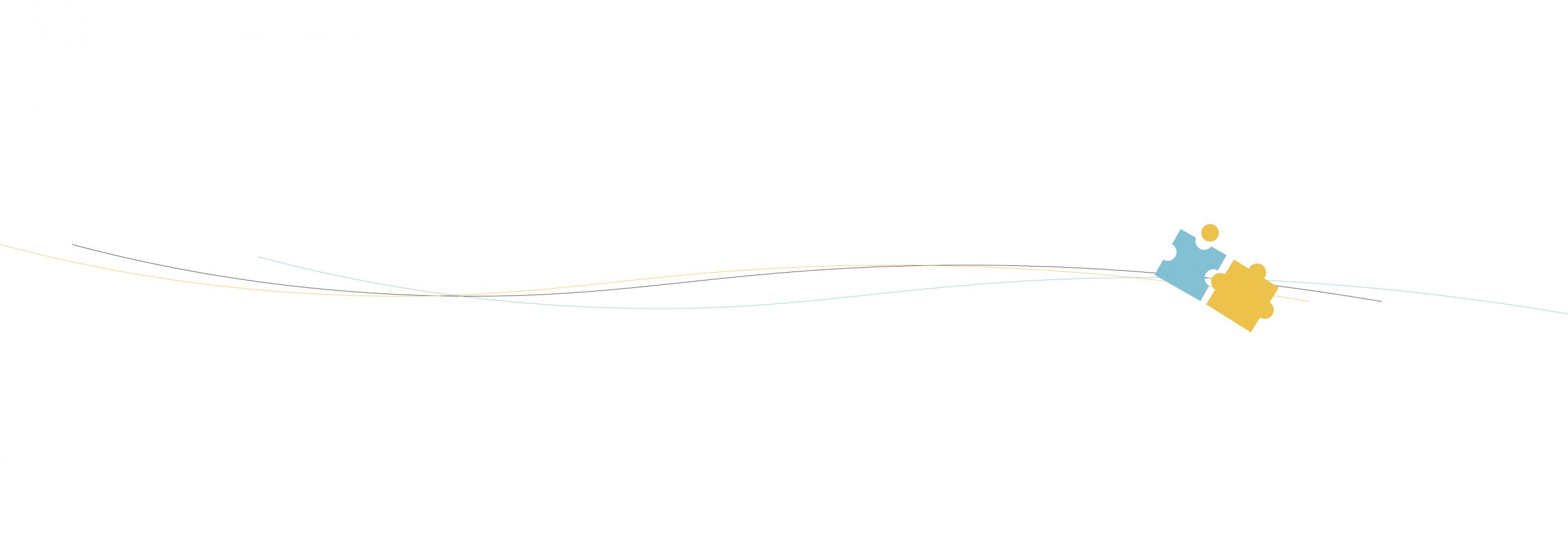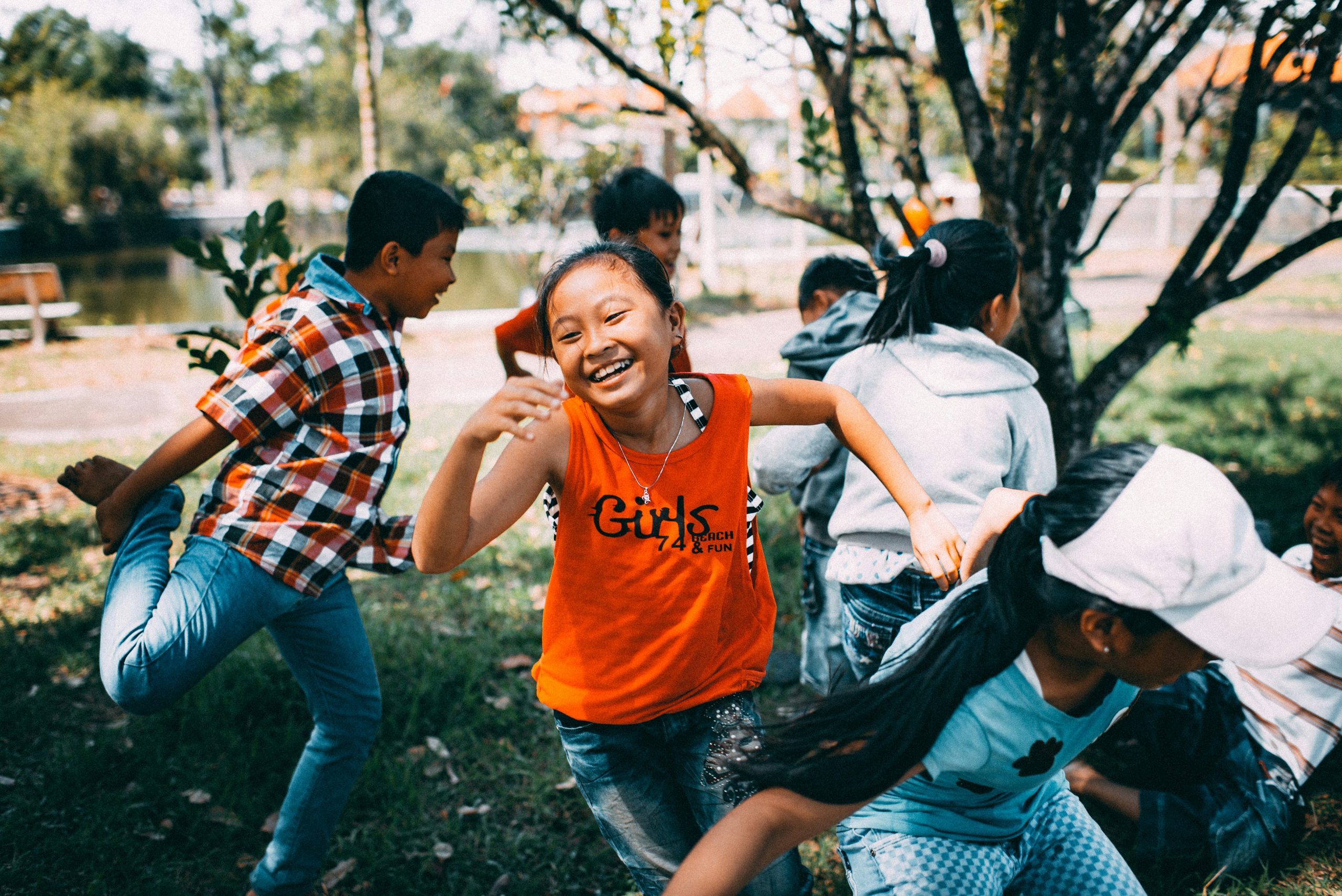The Erasmus+ YouthASD project aimed to improve the inclusion of young people with Autism Spectrum Disorder (ASD) in community activities and youth organisations across the EU through training, resources and support. Its main objectives were to support their participation, increase accessibility to youth work, provide training for youth workers and offer organisational support. Four key outputs were developed, including a guide for organisations, a training programme for youth workers, pilot youth activities and online resources. Recently finalised outcomes include Youth Programs 4 ASD, which organised mixed youth activities involving ASD and neurotypical peers, and Resources 4 ASD, an online platform providing training materials and practical guidelines for inclusion. These outcomes aimed to increase the understanding, skills and confidence of youth workers and improve the accessibility of resources across the EU, encouraging wider uptake and use beyond the consortium.
The Erasmus+ YouthASD project aimed to improve the inclusion of young people with Autism Spectrum Disorder (ASD) in community activities and youth organisations. By providing training, resources and support, the project sought to create more inclusive environments for people with ASD across the European Union.
As the project approaches its final stages, all the materials developed are available free of charge on the project website. Let’s take a moment to review the objectives of the project and the results achieved. The project focused on several key
- To support the participation of young people with ASD in the activities of youth organisations.
- To increase the attractiveness and accessibility of youth work for young people with ASD.
- To provide youth workers with training methods and tools for the inclusion of young people with ASD.
- To provide organisational support for youth organisations to include young people with ASD in their initiatives.
In order to achieve these aims, the project developed four key outcomes:
- Guide for youth organizations on structures and strategies for the inclusion of people with ASD
- Youth workers 4 ASD: Inclusion methodology and training program for youth workers on how to reach people with ASD
- Youth programs 4 ASD: Pilot youth activities for people with ASD
- Resources 4 ASD: Online resources for youth organizations and youth workers on ASD
In this context, we are pleased to share with you the latest two outcomes of the project, which have recently been finalised: Youth Programmes 4 ASD and Resources 4 ASD.
1. Youth programs 4 ASD
Currently, opportunities for community engagement and socialisation for young people with ASD are primarily limited to ASD organisations. There are few initiatives that provide opportunities for young people with ASD to integrate and socialise with their neurotypical peers.
In response, youth programmes involving both neurotypical and ASD young people were organised in each participating country. This outcome was innovative as it was one of the first instances at European level of mixed youth activities being implemented and evaluated for effectiveness.
In addition, this outcome is transferable as the pilot methodology and the implementation report are available on the project websites. The pilot methodology can also be adapted for different target groups and tailored to the needs of the organisations involved.
This outcome aimed to achieve the following objectives
- To increase the knowledge and skills of youth workers in including people with ASD in their activities.
- To increase understanding of the specific needs and challenges of people with ASD.
- To increase the self-confidence, leadership and social skills of young people with ASD.
The programmes were piloted in each country of the partnership (Denmark, Italy, Greece, Cyprus and Spain) and were very successful. For details of the pilot, read our latest newsletter, available on the project website.
2. Resources 4 ASD
Currently, there is a notable lack of online resources for youth organisations and workers on the practicalities of including young people with ASD in their activities. Existing resources tend to be aimed at organisations outside the EU, particularly in the USA, or are inaccessible. Furthermore, these resources are scattered across different websites and platforms.
In response, our project has developed online resources to fill this gap. The project platform serves a dual purpose: as an e-learning platform for youth workers to engage with the project’s training programme, and to provide online resources for youth organisations, including templates and guidelines.
This outcome aimed to achieve several key objectives:
- To raise awareness among youth organisations about ASD and provide practical steps to effectively support people with ASD.
- To increase the knowledge and skills of youth workers participating in the Platform’s training programme. By providing comprehensive and accessible training materials, the Platform aimed to equip youth workers with the necessary tools to effectively include people with ASD in their activities.
- To improve the technical skills of users accessing the resources provided. The platform aimed to provide user-friendly and accessible online resources to ensure that users could navigate and use the materials effectively.
- Encourage a wider uptake of the project outcomes by the target audience in countries beyond the consortium. By making the resources available in multiple languages and ensuring accessibility across the EU, the platform aimed to facilitate wider uptake and use of the project outcomes
All of the findings outlined above, as well as those from earlier stages, are freely available on the YouthASD project website for anyone interested in exploring them. We strongly encourage you to explore these resources with us, as they represent a significant step forward in creating a more inclusive and welcoming world for all.
This press release is available in:
English
Danish
Italian
Greek
Spanish


